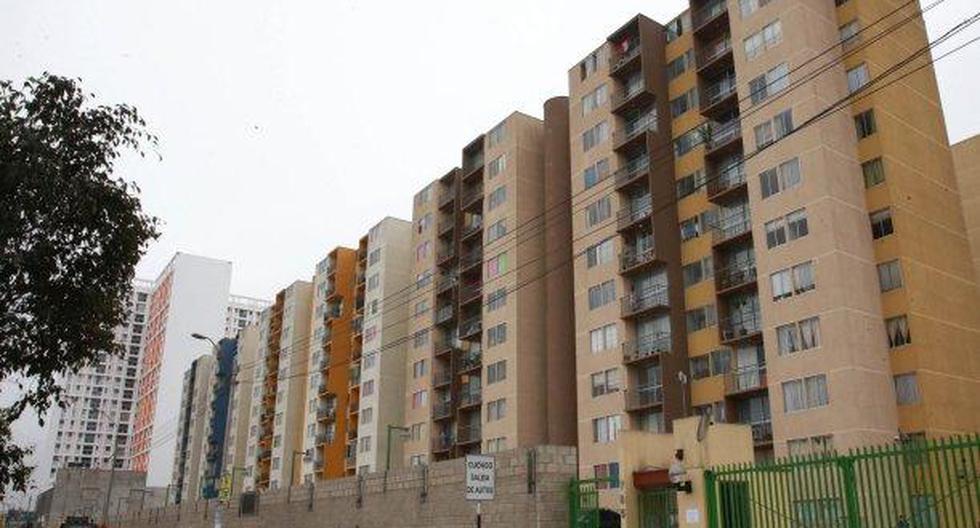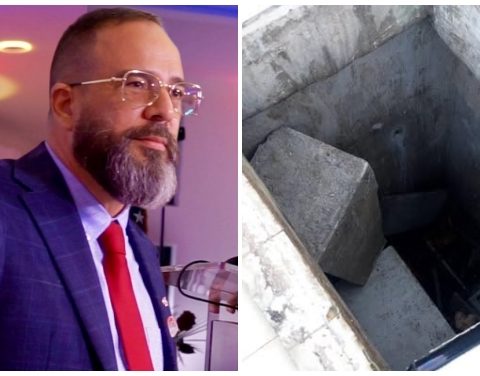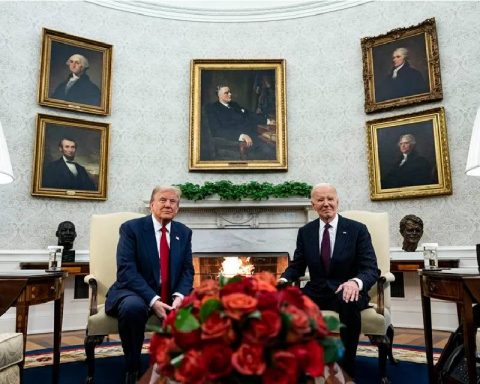In Peru there is a deficit of approximately 400,000 homes, which means that the sale of real estate advance, even with the health crisis hitting the country.
The executive director of the Peruvian Chamber of Construction (Capeco), Guido Valdivia, explained that in 2021 approximately 12,500 credits were placed myhousing, and in Techo Propio, for new homes, a record of 10,000 properties was reached.
“Between social housing and non-social will have been placed (last year) about 37,000 to 38,000 new units and we calculate that this generated a growth of 45% with respect to what was registered in 2020″, he informed this newspaper.
For this 2022, the union representative stated that they would expect a 10% growth in terms of social real estate, however it will depend on some factors. One of them, he assured, is that more budget be designated to cover the credits of the Mivivienda Fund.
“For non-social housing we expect an increase, but not double digits because we need projects to be reactivated. There is a problem of confidence in the sector about what is going to happen to the economy,” he explained.
In that sense, Guido Valdivia commented that the disbursement in new projects could go back 4% this year, according to a Capeco survey.
Another problem that exists in the sector, he specified, is the price of construction materials, which has caused the value of real estate to increase by an average of 5%.
trends
For his part, Juan Carlos Tassara, president of the Association of Real Estate Companies of Peru (ASEI), agreed that sales for this year will depend a lot on the political scene, mainly for the most exclusive areas.
“This year will depend on the political scenario, especially in the upper segments. Without political noise we would be better“, Held.
He assured that since the pandemic began, people are betting on properties that have adequate spaces for working at home, and that are more prepared for the use of the Internet.
“Something that is becoming quite common is the appreciation of terraces because people now want more in their homes”, he detailed.
The ASEI representative added that another trend is for the common areas of the condominiums to be used more.
On the other hand, he commented that one of the problems that still persists is that informal housing is promoted, “which generates land traffic.” “Politically, supporting the invasions brings votes and although it seems to solve the problem in the short term, in the long term it creates a problem,” he warned.















